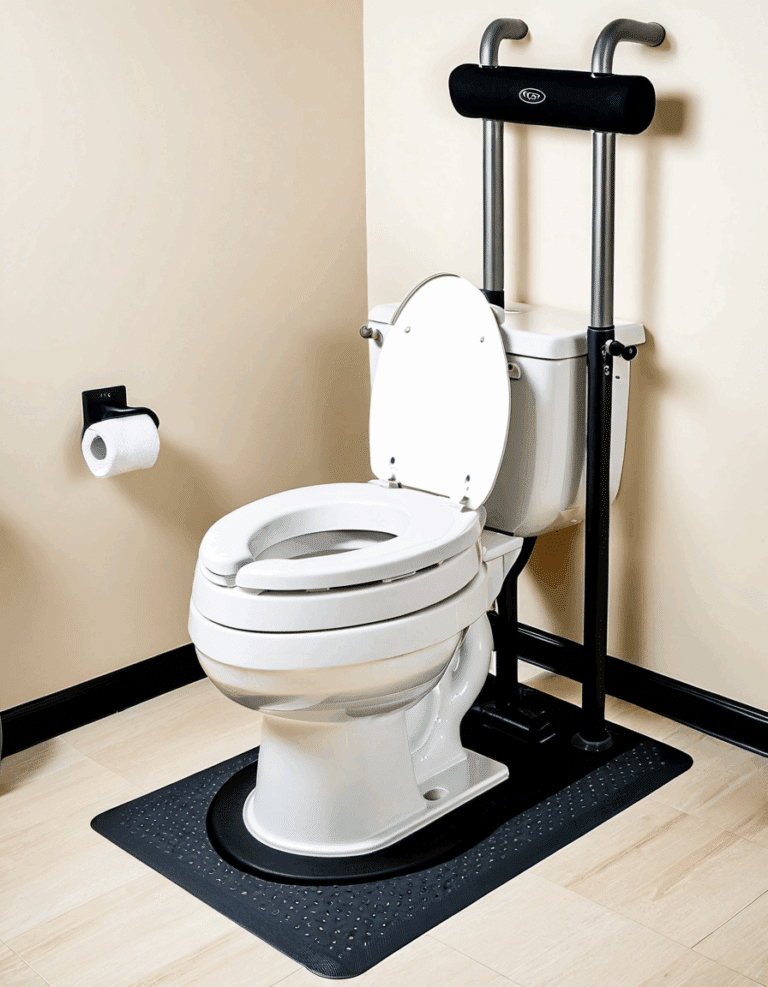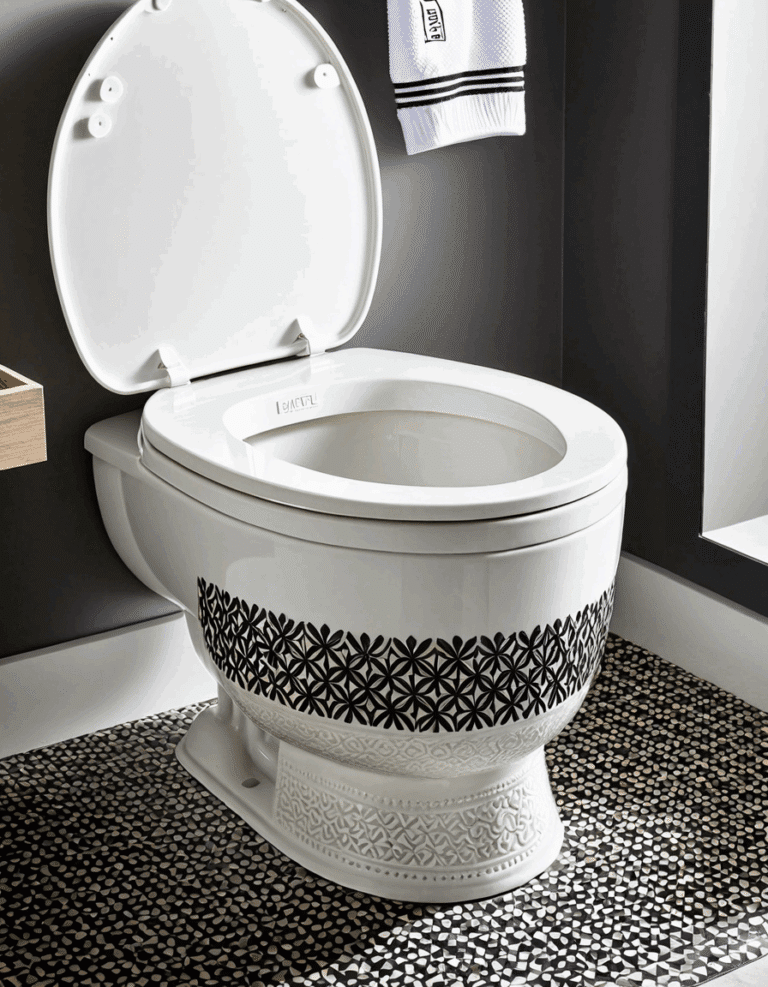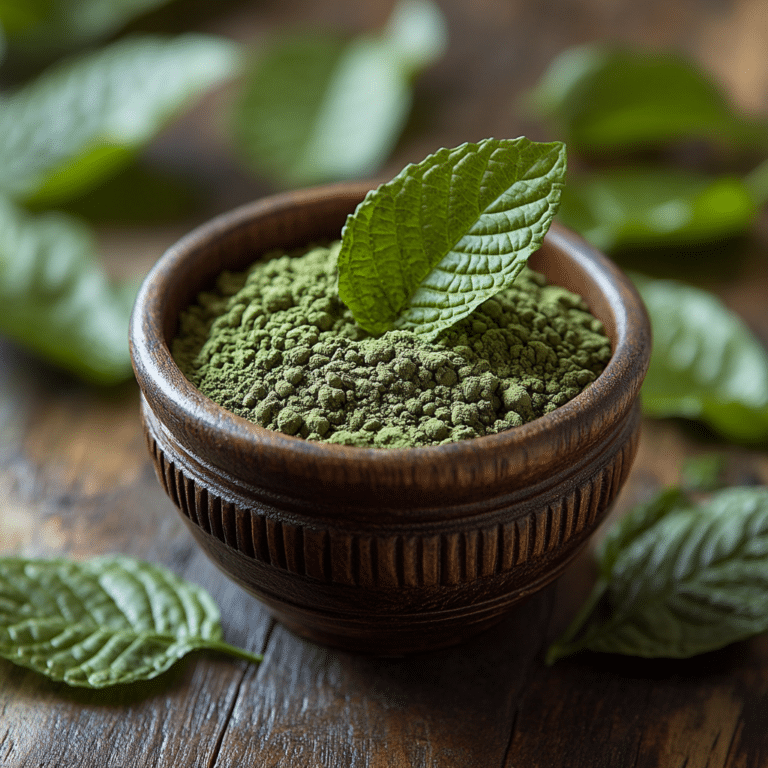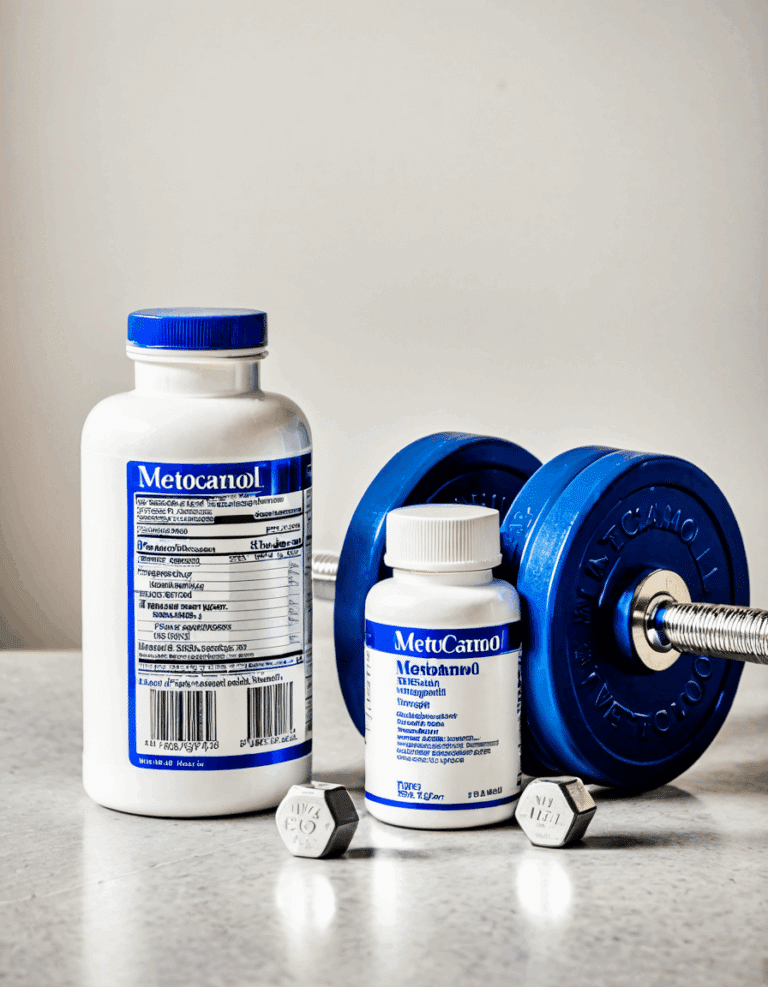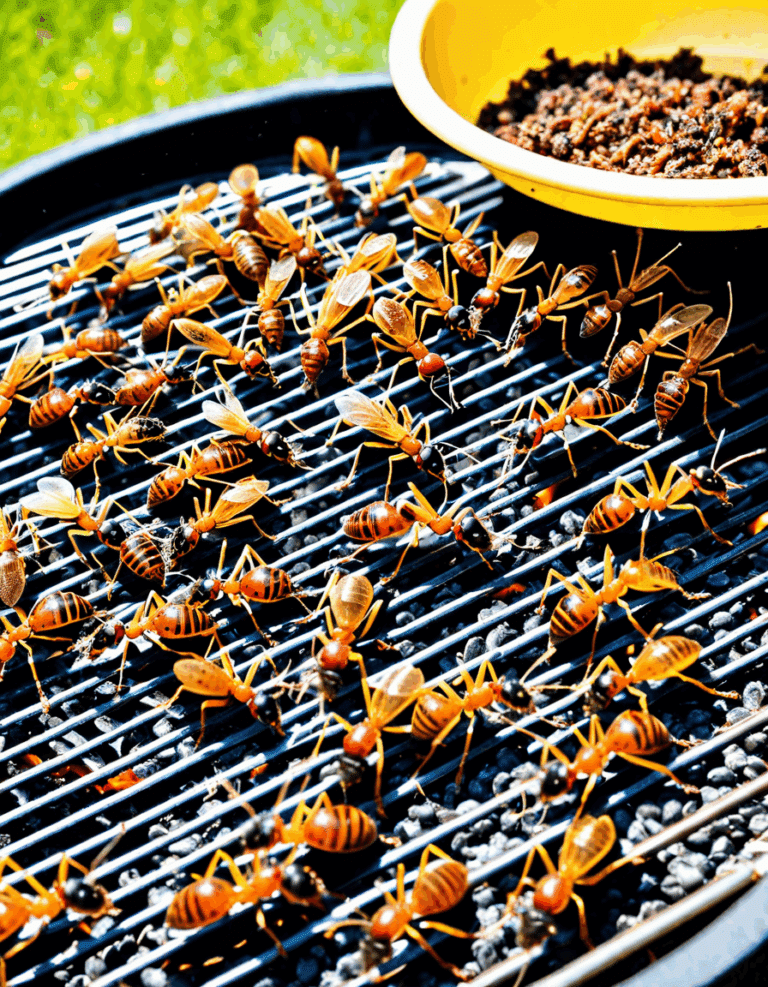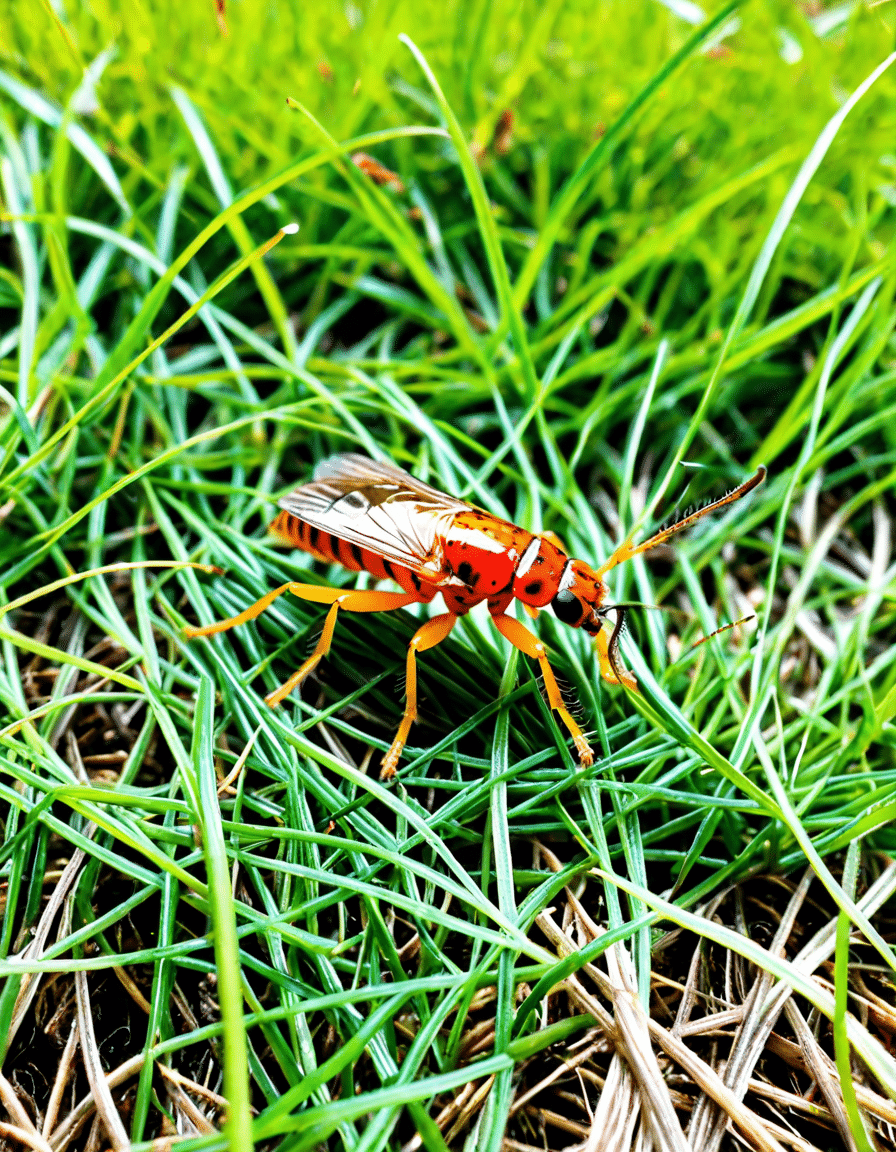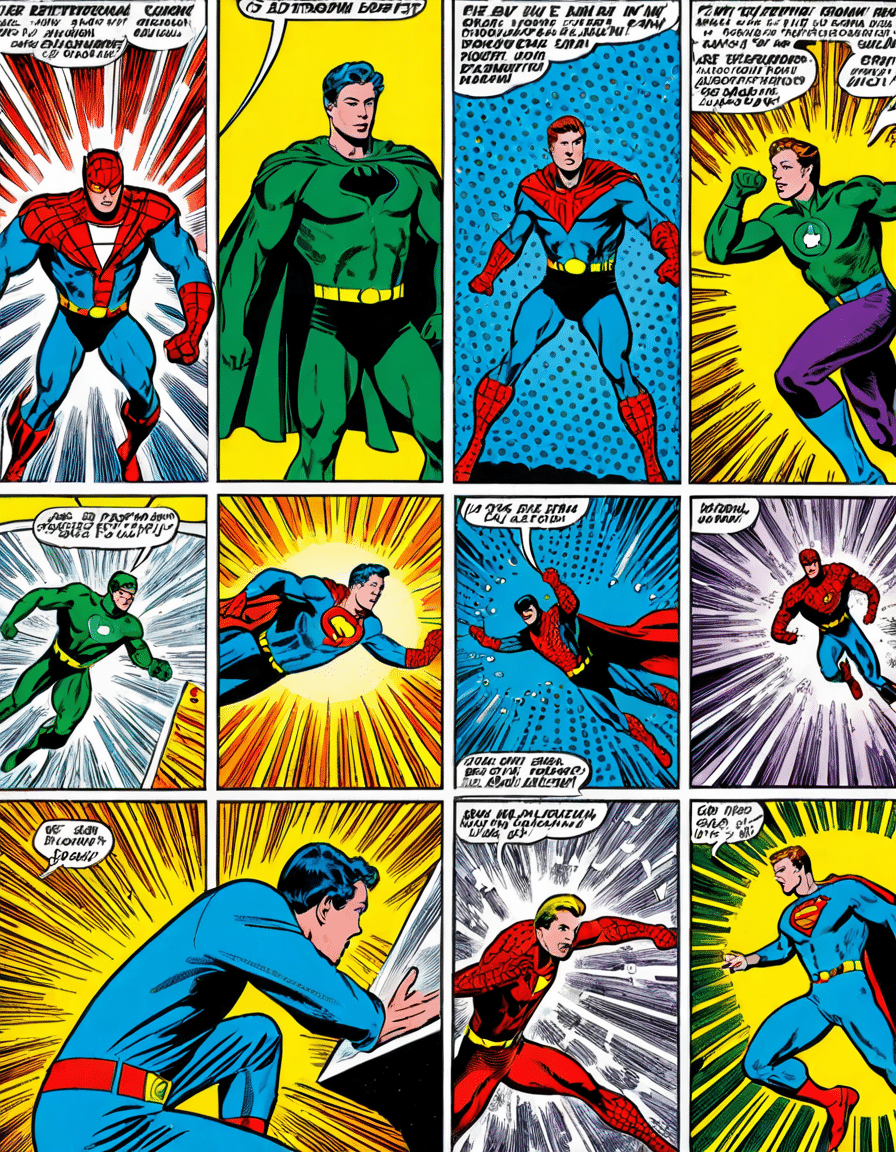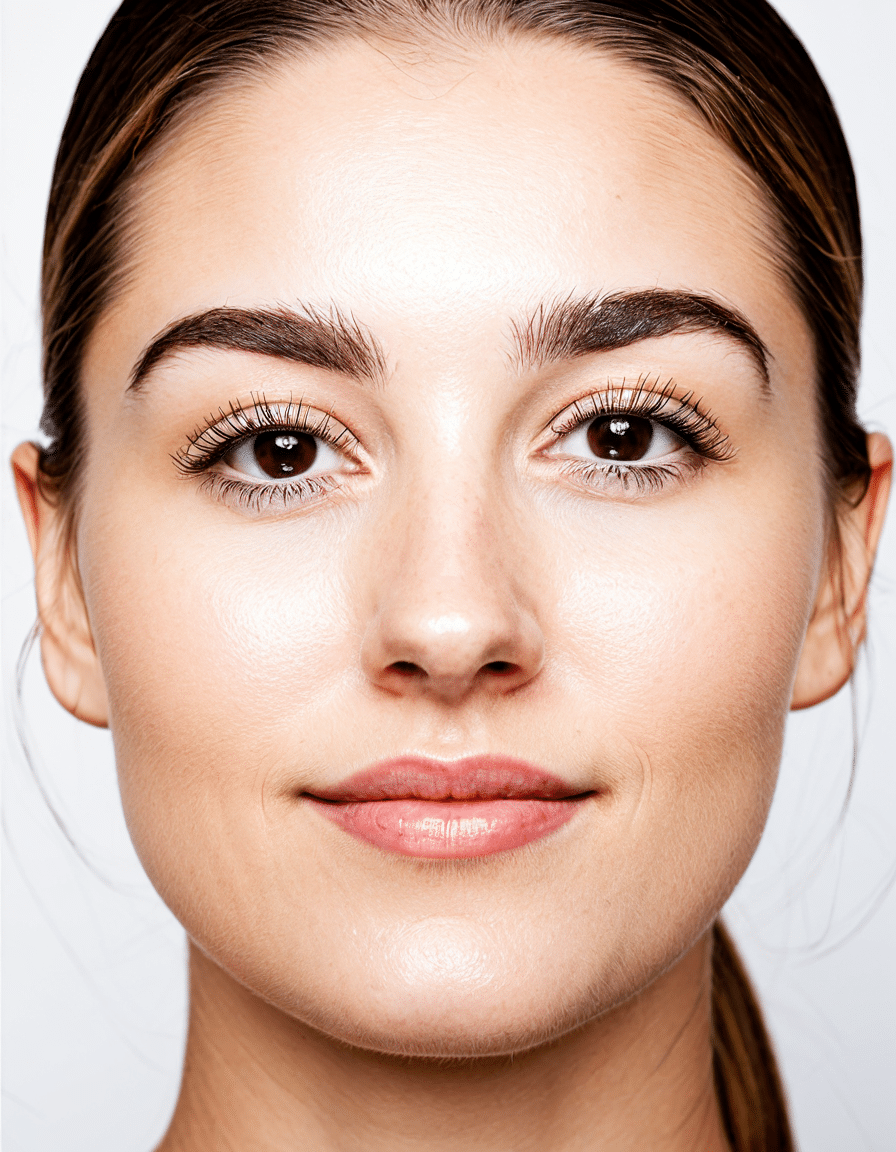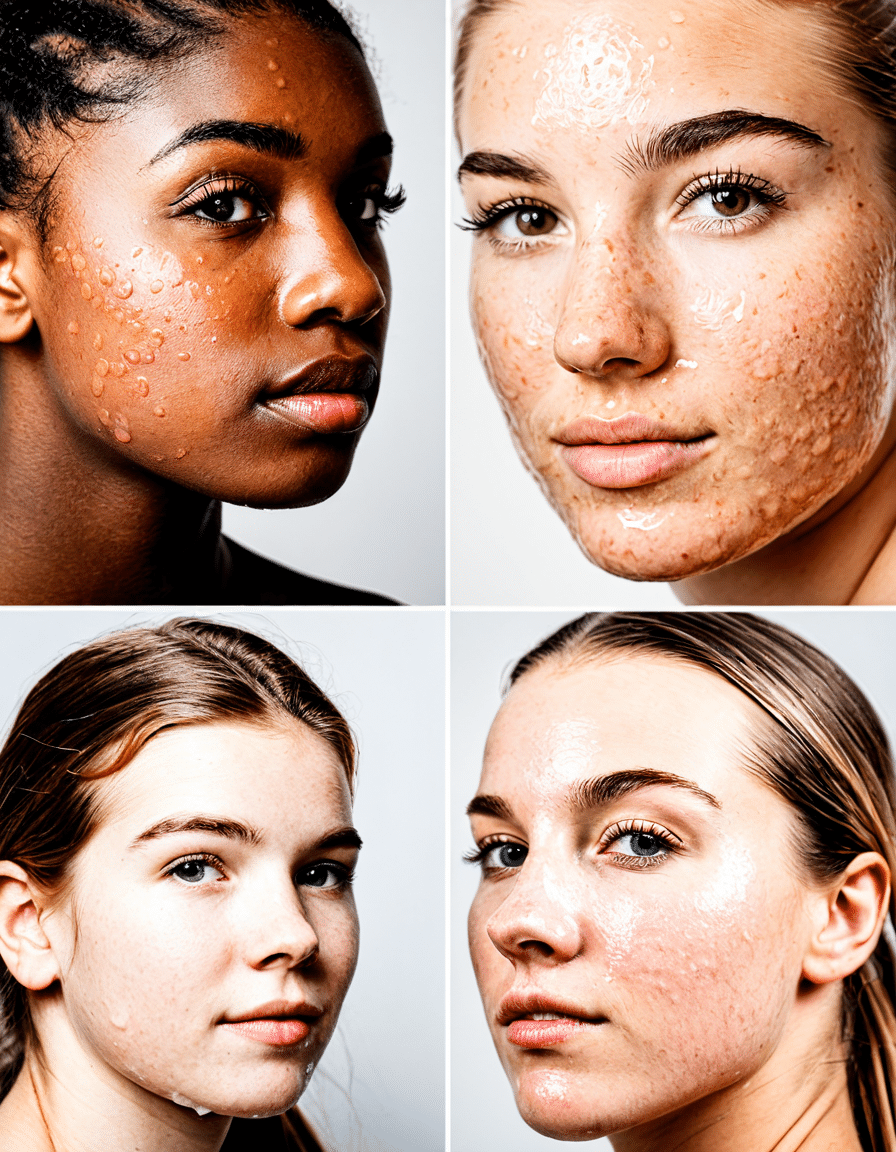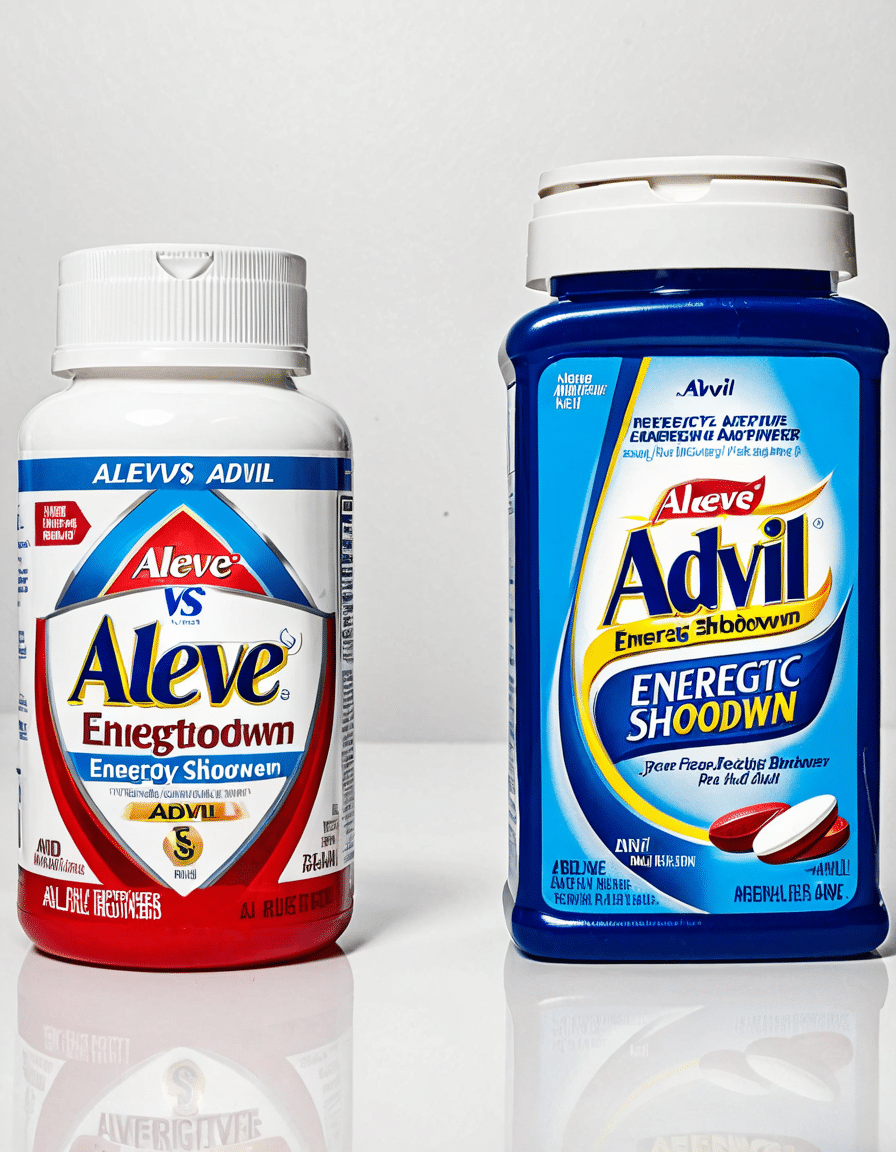Flea bites can wreak havoc on your skin, leaving you itching and scratching when you least expect it. Understanding what flea bites look like will help you identify and treat them effectively. They can often be confused with other types of insect bites or various skin conditions, so let’s dive into the details and uncover the specific characteristics of these pesky bites. With this information in hand, you’ll be ready to overcome any flea-related challenges life throws your way.
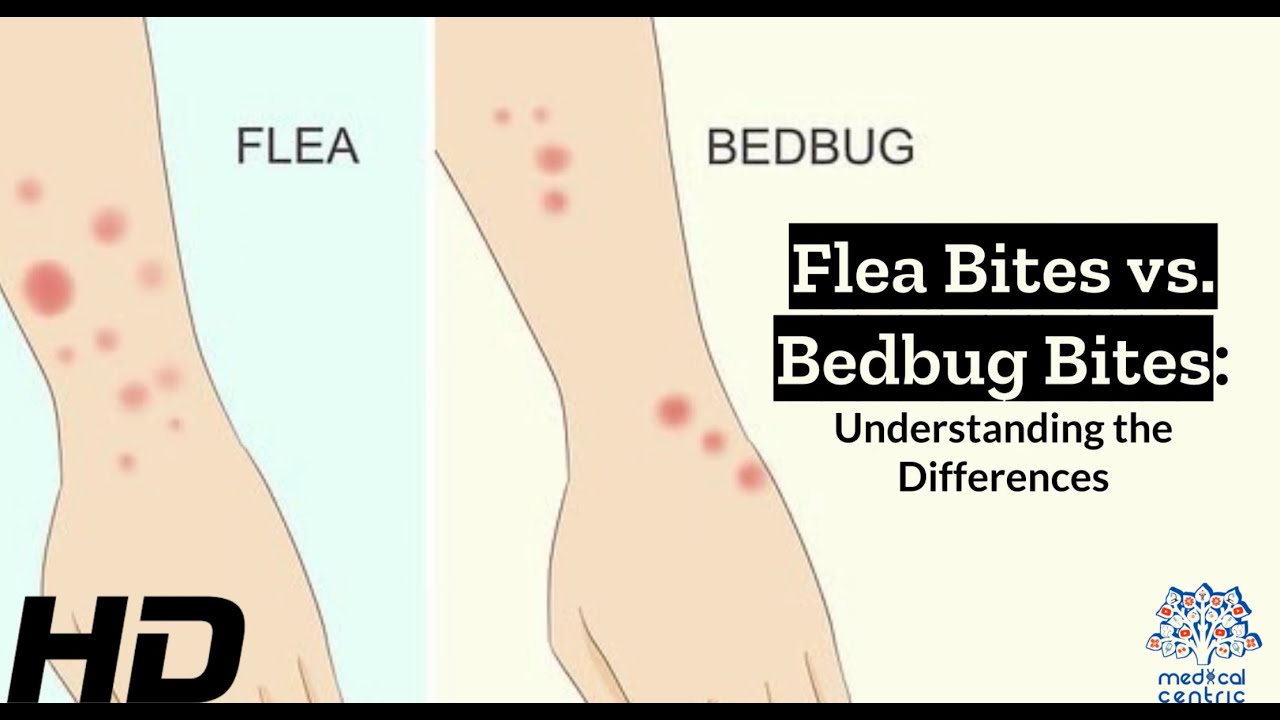
Understanding What Do Flea Bites Look Like
Flea bites tend to be small, red, and intensely itchy, often clustered together on your skin. They primarily target areas around the ankles and legs but can pop up anywhere. Recognizing these bites early is key to treating them right and dodging a flea infestation. By gaining knowledge about what flea bites look like, you’ll not only protect your skin but also ensure that you’re in the know when it comes to pest management.
Symptoms and Appearance: What Do Flea Bites Look Like?
1. Shape and Color
When it comes to what do flea bites look like, the first thing you’ll notice is their size and shape. Typically, these bites are small, round red dots with a raised center where the flea has penetrated your skin. If you scratch, they might get inflamed and could lead to secondary skin infections. Treat them carefully, and avoid that scratchy instinct!
2. Location of Bites
Flea bites like to hang out in certain areas. You’ll commonly find them on:
Unlike mosquito bites, which can appear all over, flea bites usually cluster in specific locations, which makes them easier to identify.
3. Itching and Sensations
Let’s talk about the real kicker—itching! The itching from flea bites can ramp up quickly, usually within a few hours. As you scratch, you might notice redness and swelling, leading to further irritation. Keep your hands busy with something else to avoid that vicious cycle of itch and scratch!
4. Bite Patterns
The arrangement of flea bites is another clue to identify what do flea bites look like. You might see them in a cluster formation, sometimes grouped in twos to fives. Some lucky individuals may notice a linear pattern, suggesting that the flea jumped from spot to spot, leaving its mark — it’s kind of like a flea’s trail of destruction.

Distinguishing Flea Bites from Other Skin Conditions
Getting it right is crucial. Knowing how to distinguish flea bites from other skin conditions is your first step to tackling those pesky pests.
5. Flea Bites vs. Mosquito Bites
While both can itch like crazy, flea bites are smaller and localized compared to mosquito bites. Mosquito bites are generally larger and can appear all over your body, resulting in more extensive swelling. Fleas, on the other hand, leave behind a darker central dot where they pierced you.
6. Flea Bites vs. Rashes
Now, you might run into skin rashes like eczema or hives that can look similar to flea bites. But here’s the catch—rashes usually come with additional symptoms like scaling or blistering. Flea bites maintain isolated redness and swelling, which helps you differentiate them from skin rashes.
7. Implications of Misidentification
Failing to recognize the signs of flea bites might lead you down the rabbit hole of guessing what does skin cancer look like or other serious skin conditions. Knowledge is power—understanding flea bites correctly can help ease any anxiety and lead you to the right treatments sooner rather than later.

Preventing and Treating Flea Bites
Recognizing what do flea bites look like is just the beginning—you’ll want to implement some protective measures too. Here are some pointers to help you stay flea-free!
Effective Prevention Techniques
Treatment Options
If you’ve already fallen victim to flea bites, don’t stress! Here are some effective treatments:
When to Seek Professional Help
If the bites start showing signs of infection or severe allergic reactions, don’t hesitate! It’s time to consult a healthcare provider for tailored advice.
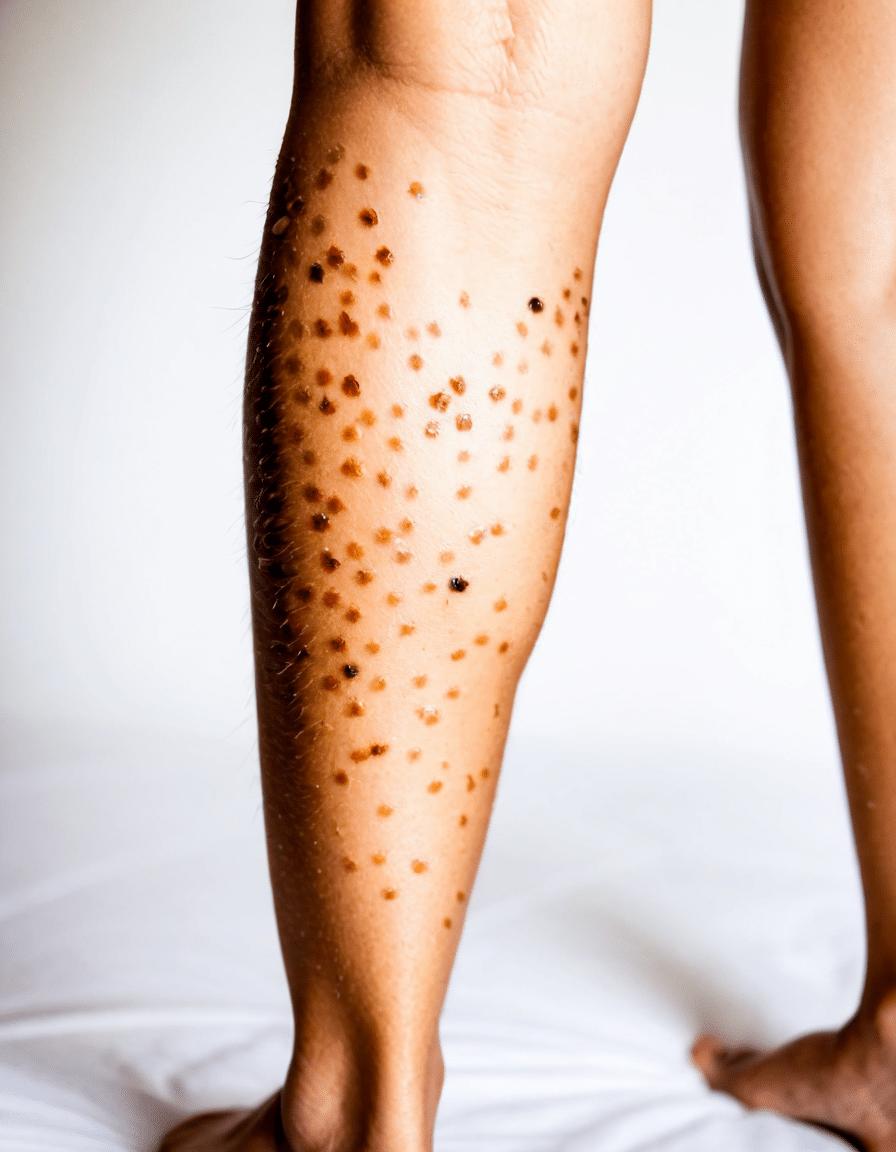
Final Thoughts on Identifying Flea Bites
Understanding what do flea bites look like not only promotes timely treatment but also helps reduce stress from possible misdiagnoses. Familiarizing yourself with the symptoms, appearance, and prevention methods equips you for tackling flea infestations head-on. So, when life gives you creepie crawlies, don’t sweat it. With the right knowledge and preparation, you’ll keep your skin healthy and your confidence high! Remember, just like with sculpting your body, staying informed is key to overcoming any challenge!
And that’s the bottom line! Now go out there, keep those fleas away, and take charge of your space. For more insights on health and wellness, don’t miss our article about What do bedbug Bites look like and feel free to explore other topics we cover, like daddy Issues or even tape Worms! Stay safe, and keep crushing it!

What Do Flea Bites Look Like?
Understanding Flea Bites
So, what do flea bites look like? Picture small, red, itchy bumps that often appear in clusters or lines. Generally, these bites occur around the ankles and legs, but they can pop up anywhere your skin’s exposed. The irritation can lead to scratching, which might worsen the situation. Fun fact: these pesky little bites can make you feel like you’re at a Baltimore County animal Shelter, where furballs roam freely, carrying these pint-sized hitchhikers!
When it comes to identifying flea bites, the size and appearance matter. They’re often 1-3 mm in diameter and can develop a slight halo, giving them an unusual but not overly alarming look. Of course, everyone reacts differently. Some might have a mild itch, while others could develop a more serious allergic reaction. This variability is much like the ranges of a Rat Terrier’s life expectancy, which can vary widely due to their genetic backgrounds and lifestyles.
Recognizing the Signs
Now, here’s where it gets interesting: not all bites are created equal! Flea bites can easily be mistaken for other insect bites or even skin conditions. If you find clusters of bites in a line, however, you can bet you’re likely dealing with a flea. That said, if you ever feel like you’re diving into a mystery like the missing diver in Bimini Bahamas, just remember that flea bites come with telltale white marks around them, especially if you dab at them right after being bitten.
Speaking of diving deep, some folks have wondered about the rebound of treatments like vasectomies. Not exactly related, but like knowing if they are reversible offers peace of mind, recognizing flea bites early offers immediate relief. Getting on top of the situation makes all the difference; it’s vital to act fast to prevent a mini-infestation at home!
Combatting Flea Bites Effectively
So you’ve figured out what do flea bites look like; now what? First, resist the urge to scratch! That can lead to infections. Instead, use cold packs and anti-itch creams to soothe the skin. And don’t forget, understanding these bites could be as crucial as knowing whether a femoral hernia might recur. Keeping your pets treated and cleaning your home can help fend off these invaders.
Now, if you’re at a loss for words while explaining your discomfort, think of it as a game of word Q. You might have to get creative with your descriptions when telling friends, so they know you’re not just dealing with a simple rash. The more informed you are, the easier it is to tackle these nuisances head-on!




